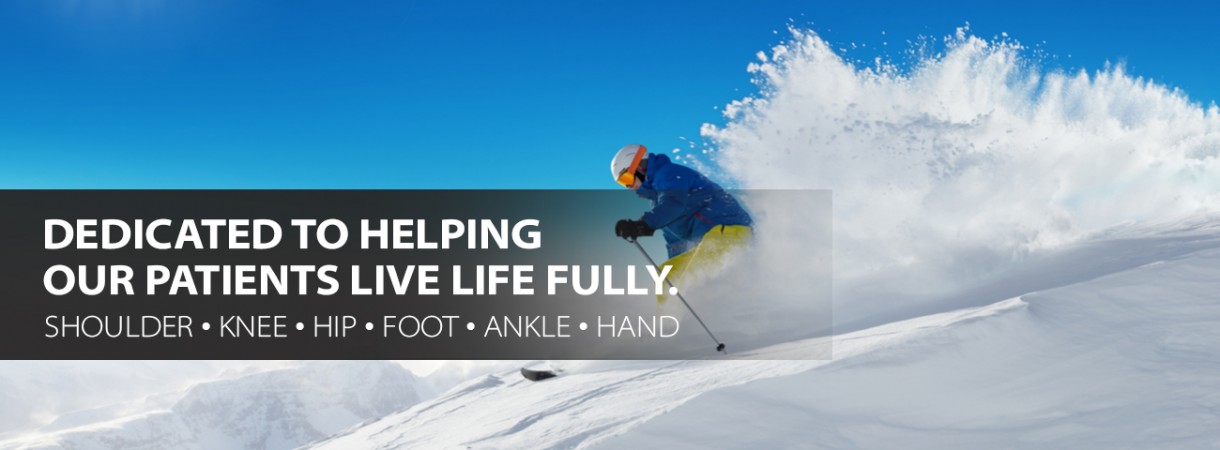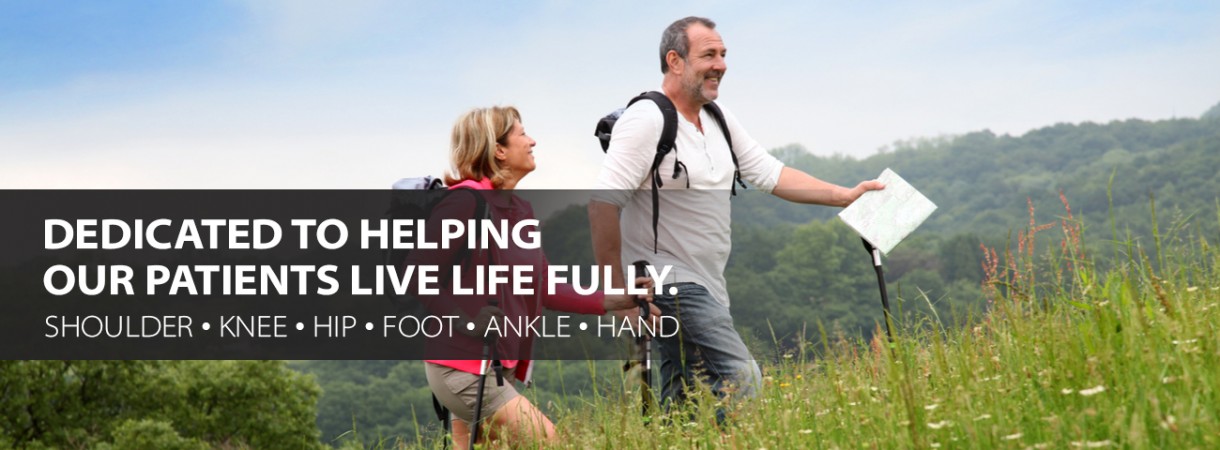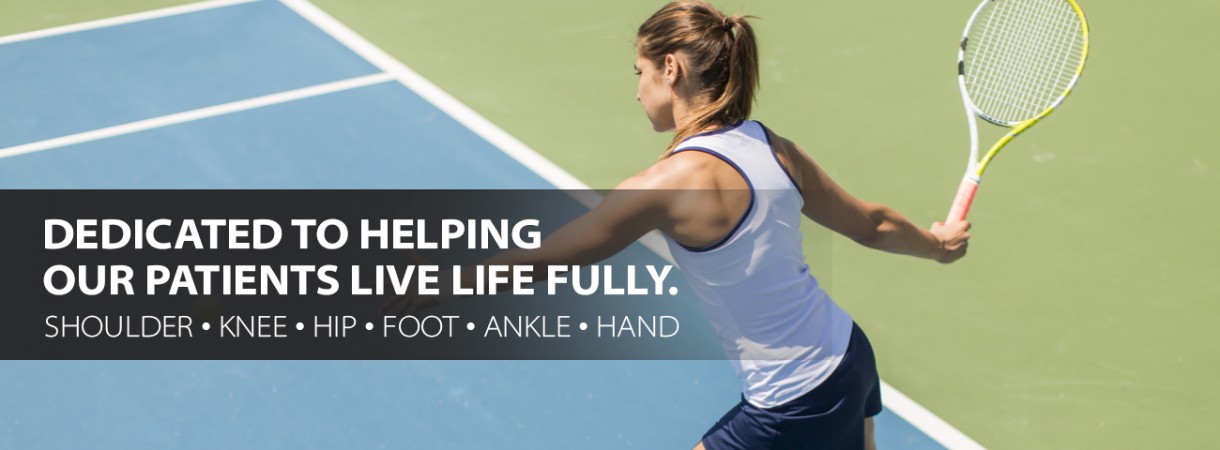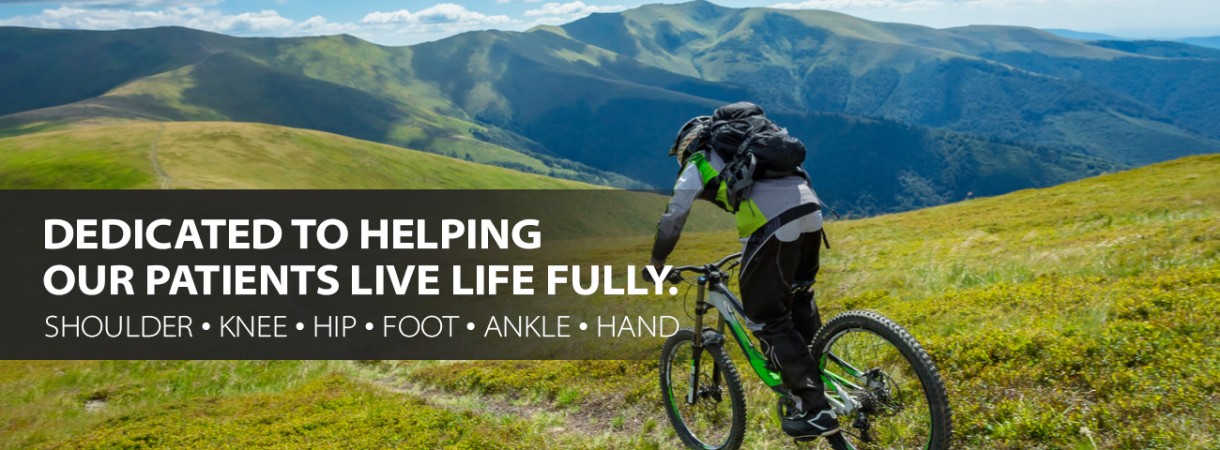With Labor Day behind us, it’s time to usher in the advent of our favorite season – ski season. And soon the slopes all around the world will be filled with skiers, snowboarders, and winter sports enthusiast who love nothing more than to take the exhilarating experience in stride. But remember, when it comes to your body, you should always be sure that you’re well-prepared to handle the twists and turns that’ll be thrown at you with every run down the mountain.
At Orthopedic Associates of Denver, Colorado, we always want to be sure that your body is prepped and ready for a long day on the slopes. With this series, we’ll introduce a few workouts that will help you build strength in the most crucial areas of the body that you’ll use on your next skiing trip.
The Commonalities
Before we get into the first exercise, let’s talk about the areas of the body that area most prone to injuries caused by skiing. First, the spine is one of the most important areas of the body. Not only does it allow you to stand up straight, balance, and engage in all of the twists and fast-moving turns that you’ll experience on the slope, but it also takes some of the weight off of your core.
Next, we can talk about your hips and your core strength. Over time, and if not prepped significantly before hitting the slopes, you could inflict great damage on yourself if you don’t have the flexibility necessary to tackle each and every run. Typically, this leads to injuries after years of poor preparation.
Exercise #1: The Low Lunge
Everyone has heard of a lunge. But did you know that practicing a low lunge at least three to four times a week in between ski sessions can actually prevent your risk for an injury? It’s true! So, how do you perform the low lunge?
• Step 1: Put your right leg into a forward lunge position and be sure to keep your shin perpendicular to the ground. Your knee should be vertical, directly above your right heel.
• Step 2: Next, bring your left knee to the ground. But it should be placed behind your left hip. From there, you can keep your pelvis square and facing front.
• Step 3: Now, simply stretch your arms high above your head, while lifting your torso. Then, hold for five breathes before repeating the same movement on the opposite side.
How The Low Lunge Can Help
Not only does the low lunge help to increase the flexibility of your core, but it also stretches out your hip flexors, which will help prepare them for multiple runs on the slopes, sitting on the chairlift, and even the occasional hike to the top of the mountain.
So, for your next ski trip, be sure to practice this stretch in the weeks leading up to your date, so that you can best prepare your body for a weekend on the slopes.







Leave a Reply